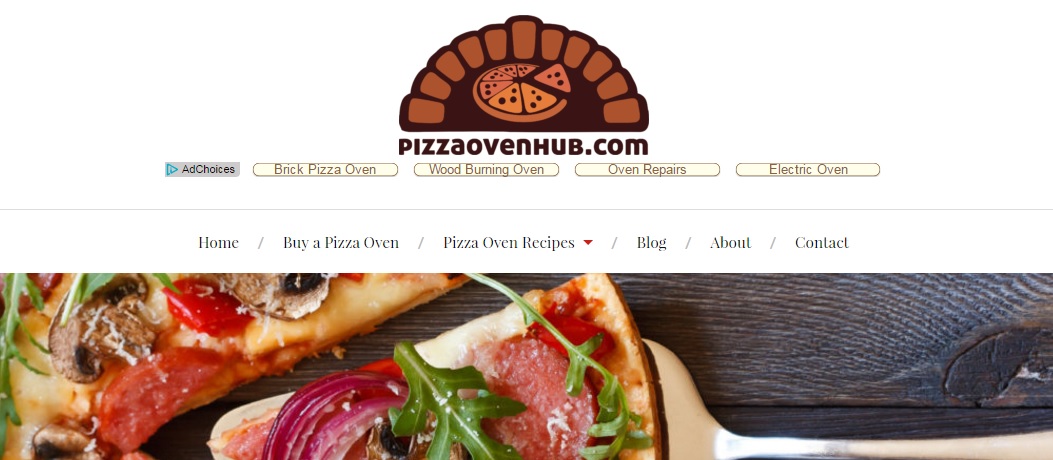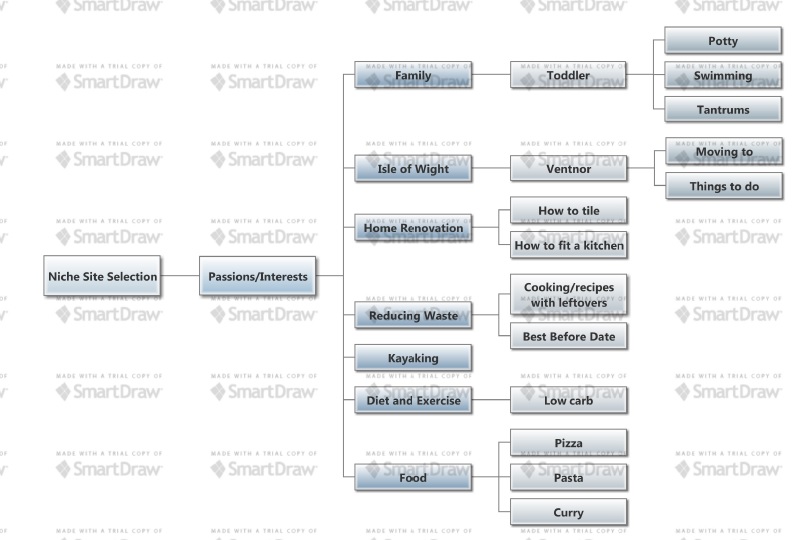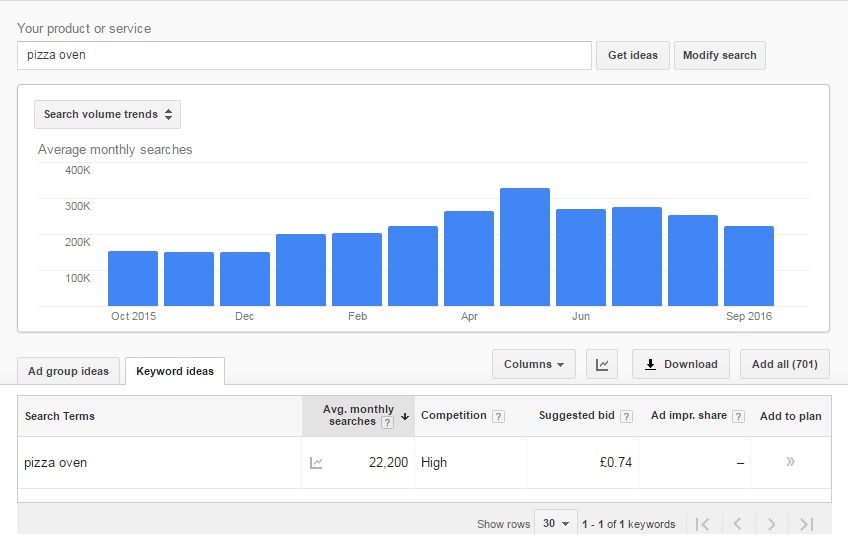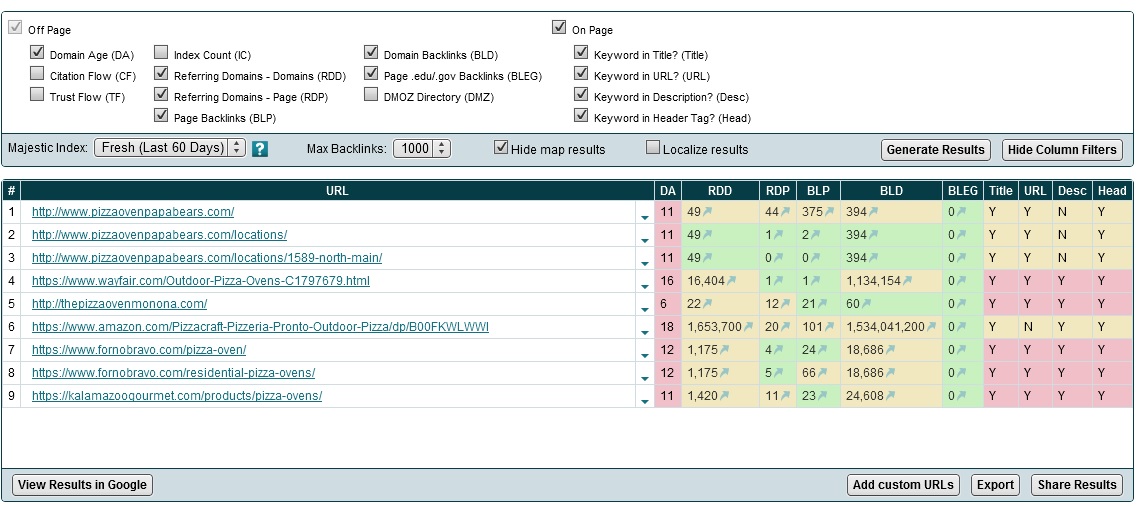Sleep deprivation shouldn’t be a badge of honour for busy, stressed entrepreneurs.
It leads to reduced productivity, higher stress levels, and poor decisions.
So if you find yourself losing sleep over your small business, it’s a dangerous place to be, where a visious cycle can quickly and easily follow.
I always try to get at least 7 hours a night, preferably 8, sometimes accompanied by a short nap in the day too.
If I have less than this, I can’t function as effectively or as efficiently as I normally do. I’d rather spend an extra couple of hours in bed in the morning if I haven’t slept well, so I can operate at full pace when I get to my desk, than get up early regardless and burnout by 2pm.
Huge companies like Google are taking notice of the impact that sleep deprivation can have on productivity and combat this by offering employees ‘sleep pods’ in the workplace where they can take a nap to recharge.
But when stress is causing you to lose sleep, and you don’t have the opportunity to catch-up, it can be difficult.
In this post I assess the top 12 things that keep entrepreneurs and small business owners awake at night, and how you can change your perspective on these, and implement some tools and techniques, to stop them impacting your sleep.
Cashflow
One of the biggest challenges most small businesses face is cashflow management.
How do you ensure you have enough cash flowing into the business to meet wages, rent, and supplier payments?
With the dynamics and complexities of a fast-growing entrepreneurial business, it becomes less linear and straightforward to keep on-top of cashflow.
Sales are often hard to predict, and budgets need to be flexible to accommodate respective upturns and downturns from sales projections, and to capitalise on new growth opportunities.
Even the most adaptable forecasts (learn how to create adaptable forecasts for your business in my online business course) can be tested with almost daily changes from projections.
And this is why cashflow can often keep the small business owner up at night.
The best way that I’ve learned to combat fears over cashflow is:
1. Build and maintain flexible, simple cashflow projections (I show people how to build these in my 4-week business course) so that you can predict future cashflows and arrange finance in advance accordingly if necessary
2. Hold on to cash for as long as you can. Get paid as soon as possible from your customers and arrange long payment terms with suppliers
3. Don’t be afraid to take-on affordable finance to provide cashflow in times of shortfall. Provided you are profitable and can cover the cost of borrowing, then it’s a better option than running out of cash!
Profitability
You can struggle with cash but still be profitable – if you’re continually reinvesting in stock or capital equipment.
But if you’re struggling with cash and you’re unprofitable, then it can be a very difficult time.
Banks rarely lend to unprofitable businesses, and raising equity finance is equally difficult unless you have an exceptional management team and/or concept.
So unless you have more cash to pump in until it becomes profitable, then you’re going to be in trouble.
Sit down and figure out your top 4 overheads, then look at how these can be reduced. Cost cutting in all areas can have positive impact, but if you need to turn finances around quickly you need to focus on the big expenses for big impact.
Then look at how you can increase your gross margin, can you push suppliers for further discounts? Sell more profitable products or services?
When your business is as lean as possible, and you are maximising your gross margins, then you need to look at ways you can increase sales and scale with the same foundation of overheads so you can dilute these further and start to see a healthy net profit.
Look for new promotional channels and particularly focus on maximising customer order value with up-selling and cross-selling (I cover how to do this in my 4 week business course) – selling more to existing customers is often a more profitable strategy than seeking brand new customers.
Deadlines
Client deadlines, account filing deadlines, and regulatory deadlines – they all create pressure and can contribute to stress.
Try using a calendar, to-do lists, and collaborative working tools like Basecamp to plan ahead and ensure all deadlines are met, and where they cannot be met, appropriate communication is made before the deadline arrives.
In my 4 week business course I also cover how to produce and use to-do lists to help prioritise and organise tasks.
Employees
Fear of key employees leaving, sickness, staff shortages, conflict – there are plenty of ways that your employees can cause you stress and therefore sleepless nights.
It’s important, with employees, that you appreciate they aren’t just machines, they have their own needs, objectives, and dreams – and these won’t always necessarily marry with the objectives of your business.
You have to ensure your employees are in positions where they remain motivated and engaged, and that you are flexible when it comes to their own needs – whether it be flexible working hours, training and development, or even just leaving work early one afternoon for a family event. Help them to meet their objectives and they’ll help your business meet its objectives also.
Beyond showing flexibility, a desire to help them achieve their own objectives, and ensuring they are in the right role within the business, you can’t control much else.
Humans, by their nature, are unpredictable. They are driven by emotion and feeling, and there are many variables (both inside and outside of the workplace) that can affect these.
Don’t stress over things you cannot control – provide employees a flexible, fertile environment for them to flourish, and the rest is out of your control. Relax.
Sales
Research has shown sales growth to be one of the biggest causes of stress for small business owners.
We’re all trying to grow our sales – no business owner ever wants them to go the other way.
But stressing over growing your sales really isn’t necessary.
Growing a business isn’t an exact science, and it takes plenty of time and trial/error to achieve millions of pounds in sales.
Provided you are collecting data and analytics on every promotional channel you are using, and you are regularly analysing these statistics to tweak your promotional strategy to focus on the activities with the best response and highest return on investment, then worrying beyond this is completely irrational.
You should only be worried about sales growth if you are flying blind and are not collecting, processing, and applying data from each promotional avenue that you employ. Because then you’ll never truly know what is working and what isn’t, so you’ll never feel in control of your sales growth.
Install Google Analytics, use promotional codes uniquely assigned to each promotion you run, and continually analyse your results – and you should never feel worried about growing sales. Perhaps you’ll feel frustrated at times as you go through the trial and error stages of your promotional activity, but never worried.
Time Management
For small business owners, time is quite literally money. If you don’t manage your own, and employee’s, time effectively then it can prove costly.
And not always costly in the sense of an immediate financial cost, but also the opportunity cost of focusing your time on more valuable and rewarding activities.
This is something I personally had an issue with until most recently. I’d spend most of my days sat monitoring and dealing with emails, and not on value-adding activities or my own to-do lists.
This caused a distraction where I was ultimately prioritising the needs of the people emailing me, and not my own business needs.
Now, I only deal with emails in short bursts either once or twice per day. And if I receive an email that doesn’t align with my own business objectives or relating to the ongoing needs of my business, it gets ignored entirely.
It seems ignorant and somewhat selfish, but you have to prioritise your time according to your own business needs, or you’ll be constantly distracted and lose your direction.
Customer Satisfaction
It’s always important to ensure customer satisfaction – it’s this that will ultimately drive your business growth through referrals and repeat custom.
If you are having issues with your product or service, it’s important to deal with them quickly and aggressively so they do not negatively impact on your customer experience.
Then ensure you have the right customer service in-place to deal with any complaints. A complaint in itself doesn’t have to be a bad thing. View it as an opportunity to show-off your customer care and service.
Research has shown that customer loyalty is even stronger amongst customers that have experienced issues but had them dealt with by great customer service, than amongst customers that never experienced any negative issues with their product or service in the first instance.
So don’t stress about customer complaints, just ensure the underlying issue is dealt with going forwards, and that any complaints are dealt with swiftly and effectively.
Growth
Like with sales growth, overall company growth is often a worry for small business owners, especially those with other investors and shareholders to please.
How you adress this concern depends on the measurement of growth you are concerned about – it could be revenue growth, asset growth, customer growth, profit growth, or any other measure.
If it’s revenue growth that you have a concern about, you need to analyse your promotional channels and their performance, just as you would with sales growth issues. If it’s asset growth, you need to analyse your reinvestment strategy and the depreciation rates for your business assets, if it’s customer growth you need to look at promotional channels and also your customer retention and repeat order encouragement to ensure these are optimised, if it’s profit growth, you need to analyse both sales/promotional performance and your expenses in comparison to budgeted figures.
Again, though, analysis and computation/implementation of data will allow you to combat fear with rational results analysis and strategy revisals in order to maintain course towards your company growth projections.
And if you don’t meet projections even after constant and thorough analysis/application of data, then you’ve given it your best effort – not everything goes to plan. So, revise your growth projections so they remain realistic.
Technology
A concern for some business owners can be about the technology they use and whether it is outdated.
Technology investments, particularly in manufacturing operations and technologically-advanced businesses, can be substantial – so when the time comes to update, you need to either have good cash reserves or be in a position to take on funding.
Ignoring or putting-off technology investment can lead to falling behind the competition and operational inefficiencies that can hinder your growth and financial performance – so don’t neglect it.
Government Regulations
A particular concern for those operating in highly regulated industries or politically unstable Countries, is regulatory changes enforced by government.
Not only can meeting new regulations be costly, but they can also put you completely out of business, depending on their severity.
But the answer to preventing worry around this business risk is simple, just don’t worry – unless you are a large organisation with hefty political power that can lobby government to actively combat restrictive and unnecessary regulations, then you cannot control it.
Therefore worry is completely pointless and leads to no useful outcome.
Just stay aware of proposed regulatory changes and position your business well to adapt to them if they are enforced. That’s all you can do in this circumstance.
Economy
I get particularly frustrated when I read about economic concerns or predictions. Especially when they are negative (which they invariably are).
Economies are built on confidence. Give people confidence and they’ll invest, they’ll take risks, and they will create further employment.
But scare people with gloomy predictions and depressing forecasts, and their confidence will be knocked, so they will hold back on investment and taking risks.
Sometimes I feel the media and speculation are the foundations of a downturn, and not the downturn in itself (they at least accelerate and amplify the negative effects of a dowturn).
With the internet and increasingly free International trade, we all operate in a Global economy. Do you know how many variables there are that can affect the performance of a Global marketplace?
Too many to mention!
As humans we constantly want to give reason to fluctuations in economic performance, so we feel we can control it a little better. But the truth is, the economy is so big, and has so many variables, that we cannot control it – and there are bound to be periods of ups and downs. And whether these ups and downs are given real reasoning or not, we cannot control them.
So as a small business owner, there’s absolutely nothing you can do to control it either – so my advice is, don’t pay any mind to the things you cannot control. It’s a waste of time and energy, that would be better spent on the things we can control.
Recession or not, you’ll keep pushing your business and trying to grow – don’t let the speculation on economic performance or outlook change anything about that. It’s precisely this type of reaction that creates a downturn.
Ethics
Although not something I’ve heard mentioned elsewhere, if I personally wasn’t running an ethical business or one that was doing something positive for other people, I would question the whole purpose of my business.
In particular, if your business is having a negative impact on people or the environment like alcohol or oil, then this would keep me up at night.
For me, business has to have more purpose than just making money, and it has to deliver positive impact to others – otherwise, I don’t see the point in doing it.
Do good in your business, and you won’t have to worry about this one keeping you up at night!
And that rounds up my 12 things that keep small business owners awake at night, and why they shouldn’t!
If you know of any more, or would like to add to my suggestions on how to overcome the worry that that above 12 things can create, then please share in the comments below.













